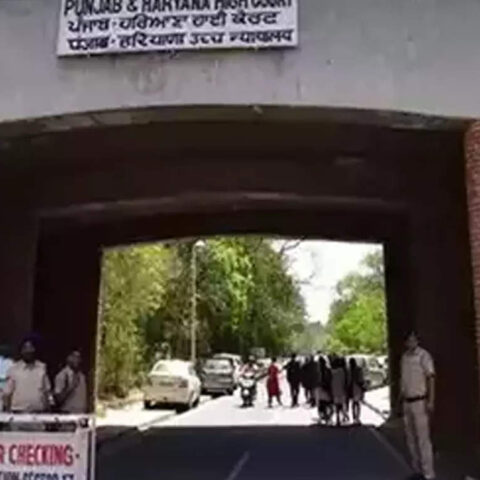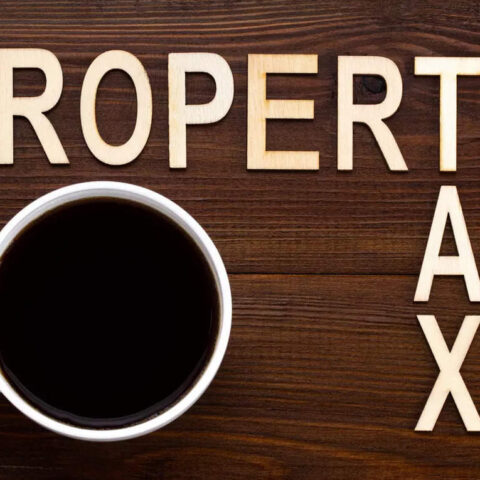In the ’50s, the sitcom Leave It to Beaver fashioned its matriarch June Cleaver as the archetypally ideal American housewife. Viewers could expect to find her cooking up a roast in the kitchen, practicing her needlepoint, or arranging tea roses, never a hair out of place. About a half century later, a group of women made themselves at home on the very same street to showcase a darker side of suburban domestic bliss.
Desperate Housewives was filmed on Universal Studios’ Colonial Street backlot set, where productions including Leave It to Beaver, the 1989 Tom Hanks movie The ’Burbs, and scenes from Buffy the Vampire Slayer were also shot. The ABC soap set out to explore the question: What really goes on behind those white picket fences and picture-perfect façades of American suburbia? Audiences at home were intrigued enough by the concept to go with the series on a 180-episode journey to find out, a run that left an indelible mark on the television landscape. Bravo kingpin Andy Cohen acknowledges that his blockbuster Real Housewives reality franchise is a direct descendant of the comedy-drama. “At the time, Desperate Housewives was a huge hit on ABC. [Producer Scott Dunlop’s] big idea was to bring Desperate Housewives to life,” he told The Hollywood Reporter of The Real Housewives of Orange County’s genesis.
Marc Cherry suspected the idea held massive untapped potential long before he proved it as Desperate Housewives’ creator and showrunner. The former Golden Girls writer, who was spending some time at home in Orange County as he hunted for a new TV show concept, found himself following the 2002 filicide trial of Andrea Yates. “This was a woman who had drowned all her children in a bathtub in Texas, and I was watching this, horrified as anyone would be,” Cherry tells AD. “I said to my mother, ‘Gosh, can you imagine some woman being so desperate that she would hurt her own children?’ My mom took her cigarette out of her mouth and said, ‘I’ve been there.’ And she started, for the very first time in my life, telling me stories about how alone and desperate she had felt while my father was off getting his master’s degree; he had left her alone five days out of the week with three small children…. And that’s how the idea occurred. I came up with the title Desperate Housewives almost immediately.”
The world the women lived in, Cherry decided, needed to appear uncannily picturesque almost to the point of a Stepford-like simulacrum. “We really have to sell the sweetness of the street. It better be a little over-the-top pleasant because there’s going to be so many dark, dastardly things going on,” he remembers thinking, noting that Edward Scissorhands, with its dreamlike suburbia saturated in punchy pastels, was among the references that loomed largest over the Anytown, USA, they set the series in: Fairview.







